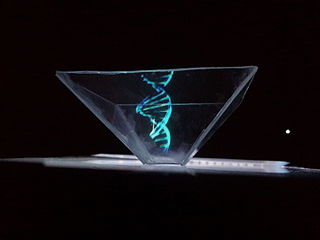Crispr Therapeutics Plans Its First Clinical Trial for Genetic Disease
By Megan Molteni,
Wired
| 12. 11. 2017
In late 2012, French microbiologist Emmanuelle Charpentier approached a handful of American scientists about starting a company, a Crispr company. They included UC Berkeley’s Jennifer Doudna, George Church at Harvard University, and his former postdoc Feng Zhang of the Broad Institute—the brightest stars in the then-tiny field of Crispr research. Back then barely 100 papers had been published on the little-known guided DNA-cutting system. It certainly hadn’t attracted any money. But Charpentier thought that was about to change, and to simplify the process of intellectual property, she suggested the scientists team up.
It was a noble idea. But it wasn’t to be. Over the next year, as the science got stronger and VCs came sniffing, any hope of unity withered up and washed away, carried on a billion-dollar tide of investment. In the end, Crispr’s leading luminaries formed three companies—Caribou Biosciences, Editas Medicine, and Crispr Therapeutics—to take what they had done in their labs and use it to cure human disease. For nearly five years the “big three’ Crispr biotechs have been promising precise gene...
Related Articles
By Jenny Lange, BioNews | 12.01.2025
A UK toddler with a rare genetic condition was the first person to receive a new gene therapy that appears to halt disease progression.
Oliver, now three years old, has Hunter syndrome, an inherited genetic disorder that leads to physical...
By Grace Won, KQED [with CGS' Katie Hasson] | 12.02.2025
In the U.S., it’s illegal to edit genes in human embryos with the intention of creating a genetically engineered baby. But according to the Wall Street Journal, Bay Area startups are focused on just that. It wouldn’t be the first...
By Pam Belluck and Carl Zimmer, The New York Times | 11.19.2025
Gene-editing therapies offer great hope for treating rare diseases, but they face big hurdles: the tremendous time and resources involved in devising a treatment that might only apply to a small number of patients.
A study published on Wednesday...
Several recent Biopolitical Times posts (1, 2, 3, 4) have called attention to the alarmingly rapid commercialization of “designer baby” technologies: polygenic embryo screening (especially its use to purportedly screen for traits like intelligence), in vitro gametogenesis (lab-made eggs and sperm), and heritable genome editing (also termed embryo editing or reproductive gene editing). Those three, together with artificial wombs, have been dubbed the “Gattaca stack” by Brian Armstrong, CEO of the cryptocurrency company...




